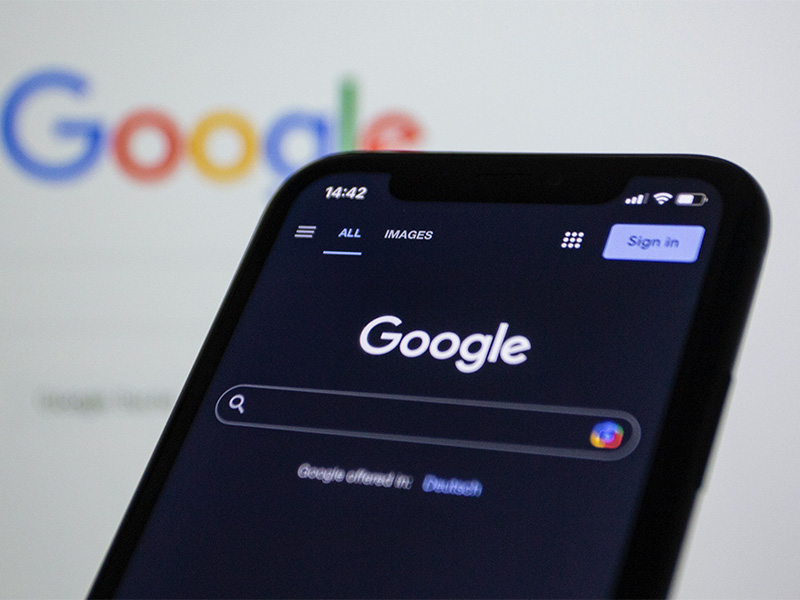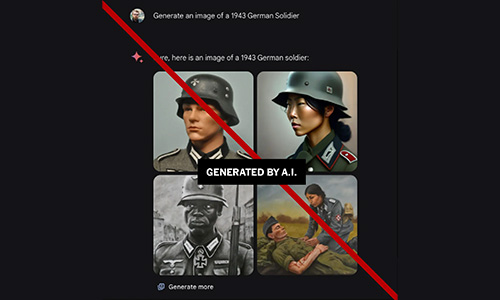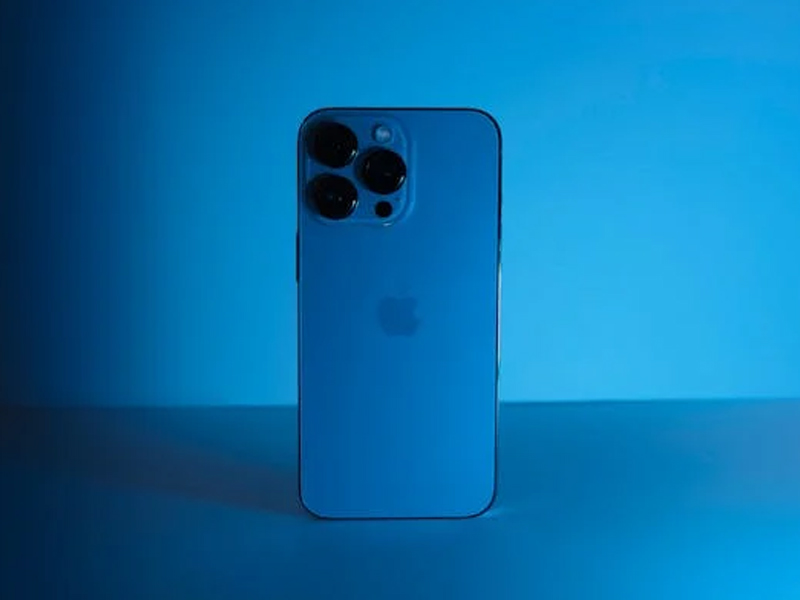Google Gemini’s AI Image Generation Hiccup and the Road to Redemption

AI & ML
 Image Source:nyt.com
Image Source:nyt.com
Read Article: https://www.technogala.com/the-rise-of-gemini-googles-ai-bard-shed-its-skin-and-became-your-chatbot-partner/
The Genesis of the Glitch
It all started when users began to notice anomalies in the images generated by Google Gemini’s AI. Instead of the expected high-quality and coherent images, some outputs were distorted, pixelated, and downright nonsensical. Concerns grew, and Google was quick to acknowledge the issue.The Impact on Users
As users increasingly rely on AI-generated content for various applications, from graphic design to content creation, the glitch in Google Gemini had real-world implications. Businesses, designers, and content creators found themselves grappling with subpar outputs, affecting productivity and creativity.The Response from Google
To their credit, Google promptly addressed the issue, acknowledging the glitch and assuring users that a fix was underway. The transparency in communication helped manage user expectations and maintain trust in the platform.Behind the Scenes: Understanding the Glitch
The glitch in Google Gemini’s AI image generation was traced back to an anomaly in the training data. It appeared that the model had encountered a rare combination of inputs during the training phase, leading to unexpected behavior in certain scenarios during image generation.The Road to Redemption
Google’s engineering team quickly set to work, employing a multi-faceted approach to resolve the issue. This involved refining the training data, implementing additional checks and balances in the AI model, and fine-tuning the algorithms responsible for image generation.Innovative Solutions
One of the standout solutions was the introduction of a dynamic feedback loop during the image generation process. This allowed the model to learn from its mistakes in real-time, adapting and improving with each iteration. The team also leveraged advanced anomaly detection techniques to catch irregularities before they could manifest in the final output.User Collaboration
Google Gemini’s user community played a crucial role in the resolution process. The platform encouraged users to provide feedback on generated images, enabling the AI model to learn from diverse inputs and preferences. This collaborative approach fostered a sense of shared responsibility and ownership in the user base.The Results: A Triumph of Innovation
After a series of updates and enhancements, Google Gemini emerged from the ordeal stronger than ever. The AI image generation glitch became a catalyst for improvements, pushing the boundaries of what the platform could achieve. Users witnessed a remarkable transformation in the quality and consistency of generated images.Lessons Learned: A Resilient Future for AI
The Google Gemini incident serves as a reminder of the inherent challenges in AI development. It highlights the importance of continuous monitoring, user feedback, and adaptive learning mechanisms. As AI continues to play a pivotal role in various industries, these lessons are invaluable for developers and users alike. The Google Gemini AI image generation glitch may have caused a temporary setback, but the response and recovery underscore the resilience of both the platform and the broader field of artificial intelligence. In overcoming challenges, Google has not only rectified a technical hiccup but has also paved the way for more robust and reliable AI systems in the future.Frequently Asked Questions?

01
Mobile Technology
iPhone Repair Just Got Easier: No More Disabling Find My Before Service
May 4, 2024

01
Tech news
Tech for a Greener You: Apps to Empower Your Sustainable Lifestyle
May 3, 2024

01
Internet of Things
Tesla’s Robotaxi: A Driverless Future on the Autobahn (or Freeway)?
May 2, 2024

01
Tech Gadgets
Don’t Trash Your Tech! Combating E-waste & Embracing Responsible Gadget Disposal
Apr 30, 2024
SUSBSCRIBE TO OUR NEWSLETTER
Join our subscribers list to get the latest news and special offers.
iPhone Repair Just Got Easier: No More Disabling Find My Before Service
Tech for a Greener You: Apps to Empower Your Sustainable Lifestyle
Tesla’s Robotaxi: A Driverless Future on the Autobahn (or Freeway)?
Meta Llama 3: Jack of All Trades, Master of None (But Still Free!)